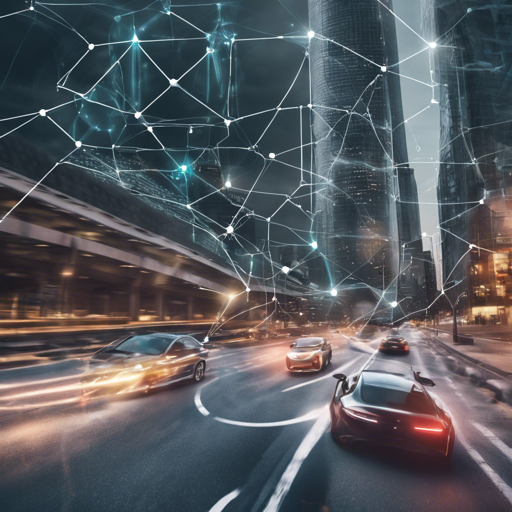Object detection is a crucial component of computer vision, enabling machines to interpret and interact with the world around them. In this article, we will explore the Deformable DEtection TRansformer (DETR) model, particularly the single-scale version that employs a ResNet-50 backbone. We will walk you through how to implement this model for object detection, as well as some common troubleshooting tips. So let’s dive in!
What is Deformable DETR?
Deformable DETR is an innovative model introduced in the paper Deformable DETR: Deformable Transformers for End-to-End Object Detection by Zhu et al. This model leverages transformer architecture to carry out object detection tasks efficiently with end-to-end training on the COCO 2017 dataset, which consists of 118k annotated images.
Understanding the Architecture
Imagine the Deformable DETR model as a highly skilled artist who can identify and draw different objects in a picture. Just as an artist uses various tools to create a masterpiece, the DETR model utilizes an encoder-decoder structure along with a convolutional backbone. Here’s a breakdown of its components:
- Object Queries: Similar to an artist defining where to place each object, the model uses 100 object queries to focus on detecting distinct objects in the image.
- Bipartite Matching Loss: Think of this as the artist ensuring that every object is properly matched to its identity, utilizing the Hungarian algorithm to optimally map predicted classes to ground truth annotations.
- Loss Function: The model refines its skills by optimizing parameters through cross-entropy for class predictions and a combination of L1 and generalized IoU loss for bounding boxes.
This sophisticated process allows the model to achieve high precision in object detection tasks, similar to an artist perfecting their craft.
How to Use Deformable DETR for Object Detection
Here’s a step-by-step guide on how to implement the Deformable DETR model:
python
from transformers import AutoImageProcessor, DeformableDetrForObjectDetection
import torch
from PIL import Image
import requests
url = "http://images.cocodataset.org/val2017/00000039769.jpg"
image = Image.open(requests.get(url, stream=True).raw)
processor = AutoImageProcessor.from_pretrained("SenseTime/deformable-detr-single-scale")
model = DeformableDetrForObjectDetection.from_pretrained("SenseTime/deformable-detr-single-scale")
inputs = processor(images=image, return_tensors="pt")
outputs = model(**inputs)
# Convert outputs (bounding boxes and class logits) to COCO API
target_sizes = torch.tensor([image.size[::-1]])
results = processor.post_process_object_detection(outputs, target_sizes=target_sizes, threshold=0.7)[0]
for score, label, box in zip(results["scores"], results["labels"], results["boxes"]):
box = [round(i, 2) for i in box.tolist()]
print(f"Detected {model.config.id2label[label.item()]} with confidence {round(score.item(), 3)} at location {box}")
Troubleshooting Common Issues
When working with models, it’s not uncommon to encounter issues. Here are some troubleshooting tips:
- Model Not Loading: Ensure that you’ve correctly specified the model directory and that you have a stable internet connection to download the model weights.
- Incorrect Object Detection: Double-check the image URL and ensure that the image format is compatible with the processor. Additionally, consider adjusting the confidence threshold if predictions seem inaccurate.
- Environment Compatibility: Ensure that you have the correct versions of PyTorch and Transformers installed. Running the latest versions often resolves many compatibility issues.
For more insights, updates, or to collaborate on AI development projects, stay connected with fxis.ai.
Conclusion
In summary, the Deformable DETR model is a remarkable tool for anyone looking to dive into the world of object detection. With its transformer-based architecture and end-to-end training capabilities, it provides a powerful solution to detect and classify objects within images.
At fxis.ai, we believe that such advancements are crucial for the future of AI, as they enable more comprehensive and effective solutions. Our team is continually exploring new methodologies to push the envelope in artificial intelligence, ensuring that our clients benefit from the latest technological innovations.

